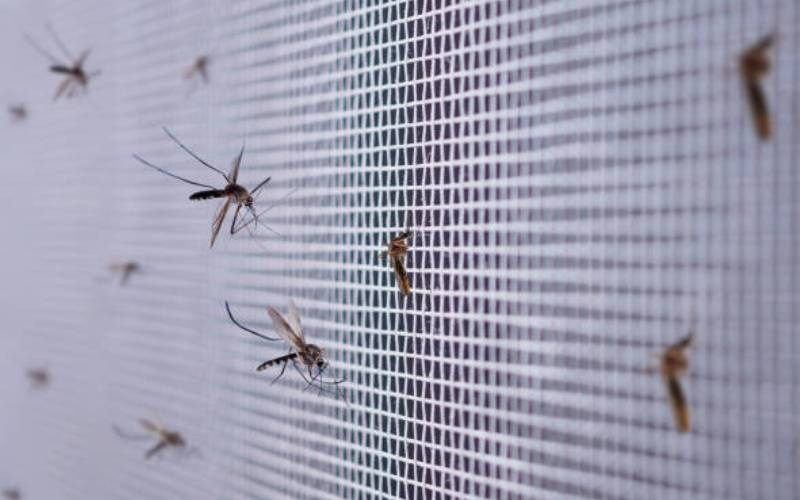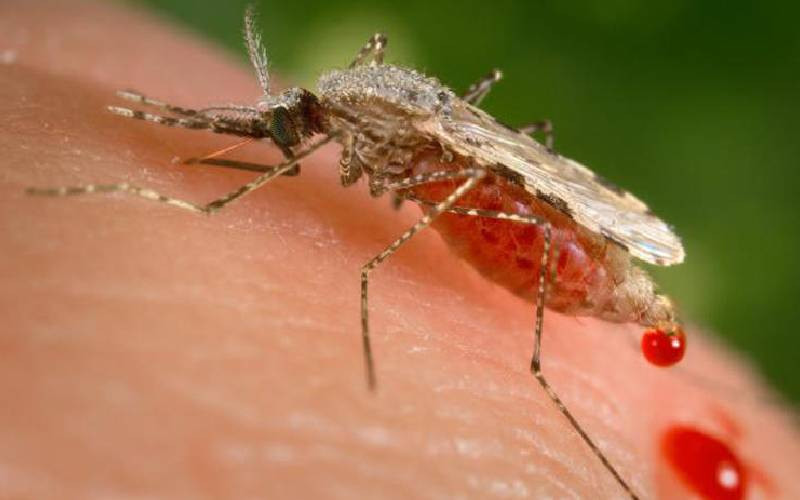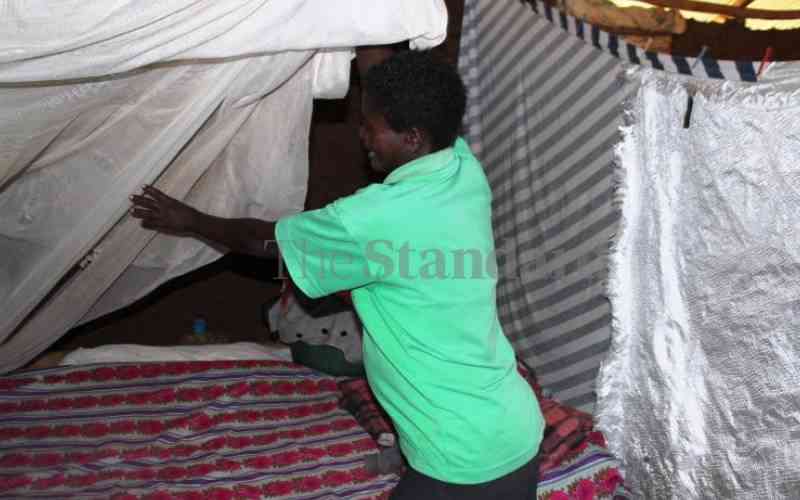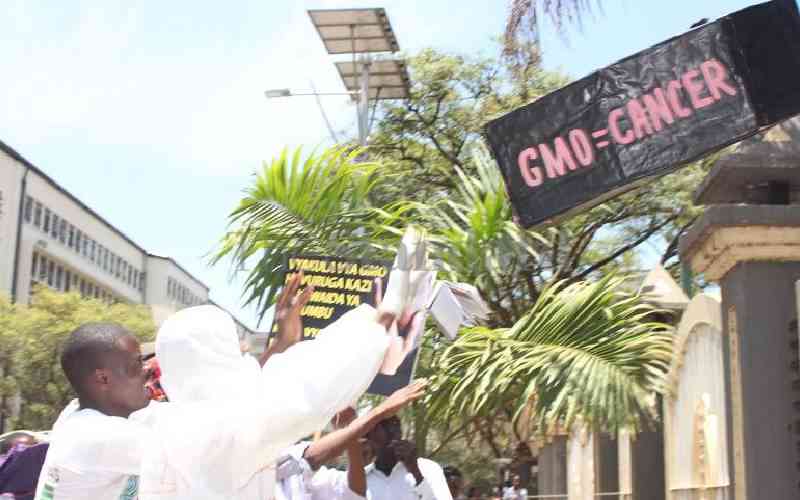
Counties in the northern part of Kenya are recording a high prevalence of malaria, a trend that is worrying scientists, especially with the invasion of a new species of mosquito in the country.
Turkana and Marsabit are among the counties reporting more cases, according to experts.
Dr Donald Apat, Program Manager for Global Fund Malaria at Amref, said the counties are recording similar cases to those in the Lake Basin regions of Nyanza and Western.
At least one in every 10 patients presenting to hospitals in the counties has malaria.
"About the latest malaria epidemiological stratification, regions within Turkana have reported malaria parasite prevalence rates of more than 10 per cent, almost similar to Lake endemic regions like Busia and Siaya," said Apat.
Malaria is a vector-spread disease caused by the bite of an infected female Anopheles mosquito.
In Kenya, the disease is endemic in Busia, Bungoma, Siaya, Vihiga, Kisumu, Homa Bay, Baringo, Migori, and Kakamega counties.
- WHO: Liberia, Benin, Sierra Leone roll out malaria vaccine
- Mass mosquito net distribution kicks off in Tana River County
- WHO endorses new malaria vaccine for African infants
- Saving lives of pregnant mothers, one backpack at a time
Keep Reading
Amref is spearheading the fight against killer diseases in Kenya, including malaria, TB, and HIV.
Dr Apat said Amref, in partnership with the Ministry of Health, and Kemri scientists are investigating the cause of the surge.
The malaria expert said climate change may be the driver of the current surge.
He observed that the northern part of the country has in the past been considered to be very hot, but with climate change, the areas are witnessing rainfall in abnormal proportions.
Apat added that mosquitoes only thrive within a certain temperature range.
"We have not seen an epidemic in Marsabit to warrant An. Stephensi as the one contributing to the upsurge in cases of malaria, or it is other predominant mosquitoes," he said.
"These places were predominantly seasonal malaria zones that could only record malaria, probably during rainfalls. However, there have been no rains, but we are still seeing cases. So, is An. Stephensi contributing, or is it the other mosquitoes that have been predominant in Kenya?" asked the official.

Predominant mosquito vectors in Kenya include anopheles, gambie and anopheles funfests.
In Marsabit, a number of cases of the newly discovered Anopheles Stephensi mosquito have been found, but it is not yet clear whether they are linked to the surge in cases.
An. Stephensi has, however, not been detected in Turkana County.
According to KEMRI, An. Stephensi originated in Southeast Asia, West Asia, and the Arabian Peninsula.
The species has been expanding its geographic range over the last decade, with detections in Africa first reported in Djibouti (2012), Ethiopia and Sudan (2016), Somalia (2019), Nigeria (2020), and now in Kenya.
In a statement issued over the weekend, Kemri noted that the vector could contribute to more cases and malaria deaths.
A team of experts from the ministry, Kemri, and partners is currently conducting surveillance to find the extent of the mosquito spread and malaria caseload.
Studies reveal that the A. n. sp. is invasive, resistant to insecticides, and more targeted to urban areas.
But he observed that more assessment should be done to know the risks in terms of the density of the mosquito, its movements, and which specific urban areas it is migrating to.
Experts are also finding out if the vector has a likelihood of being attracted to human or animal populations.
Further, he said the surveillance is also aimed at finding out whether mosquitoes' biological adaptability is making them thrive in extreme heat or whether mutations are making them survive in particular areas.

In the investigation process, scientists are collecting different mosquito species, exposing them to different environments to find out whether they survive extreme temperatures.
Additionally, the mosquitoes are exposed to different human and animal blood to see which ones they prefer and how they behave.
"We need to understand the eggs that the mosquito lays, collect larvae and eggs that are exposed to different environmental conditions, and find out if they hatch in different conditions. Until we get the information, we can speculate," said Apat.
But he said Amref, the ministry, and partners are conducting malaria campaigns in Turkana and Marsabit counties, among the population and also health care providers.
The mapping of community health volunteers is also underway to help in identifying cases for interventions.
"Because of what the data is showing, we cannot just sit and wait for a malaria outbreak. The cases are making us more sensitive in terms of interventions to mitigate the disease in the areas," added Dr Apat.
He encouraged people who present with fever, chills, vomiting, and fatigue to visit hospitals for tests and treatment.
 The Standard Group Plc is a multi-media organization with investments in media platforms spanning newspaper print
operations, television, radio broadcasting, digital and online services. The Standard Group is recognized as a
leading multi-media house in Kenya with a key influence in matters of national and international interest.
The Standard Group Plc is a multi-media organization with investments in media platforms spanning newspaper print
operations, television, radio broadcasting, digital and online services. The Standard Group is recognized as a
leading multi-media house in Kenya with a key influence in matters of national and international interest.











